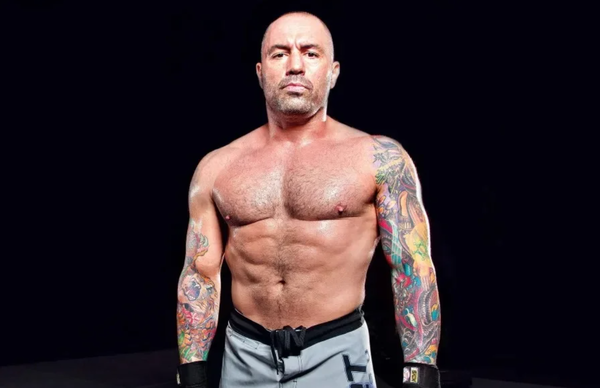

When it started in 1993, the UFC was a no-holds-barred spectacle. There was no such thing as mixed martial arts, and the first Ultimate Fighting Championship was organized to pit one martial art against the other in a single-elimination style tournament to determine the most effective one.
Watch What’s Trending Now!
Just one fighter of a particular martial art testing themselves against another fighter of another discipline. The Gracie clan, who had been the main force behind the creation of the tournament, had done so mainly to showcase the effectiveness of their Brazilian Jiu-Jitsu against even larger and stronger opponents. For a brief period of time, the UFC was unrestricted. And Joe Rogan, joined by the iconic Royce Gracie on his podcast, the winner of UFC 1 (which was the only UFC) revealed that there were virtually no rules.
ADVERTISEMENT
Article continues below this ad
Joe Rogan doesn’t like some new MMA rules
Reminiscing about the “good old days” of the UFC with Royce Gracie, Rogan almost wistfully observed that “then they slowly started implementing rules,” followed by “weight classes,” and then “mandating gloves and then taking away shoes,” until the unified rules of mixed martial arts were finally adopted in 2001.
ADVERTISEMENT
Article continues below this ad

Before this, however, there were virtually no rules (except for eye-pokes, groin strikes, and biting being allowed). There were no weight classes, no rounds, no judges, and consequently no time limits. The UFC’s success and desire to become a mainstream sport, however, saw it and other promotions introduce new rules, which ultimately culminated in the unified rules.
Rogan, however, is a strong critic of some of the rules and feels that some of them do not make sense, and in fact make the sport less fair. The long-time UFC commentator pinpointed one particular rule he dislikes in his conversation with the Gracie scion.
“Now it’s a sport, it’s a real sport. And there’s still a lot of rules I don’t agree with. Like I don’t agree with no knees to the head on the ground, I think that’s ridiculous. I think that doesn’t make sense because they’re very effective. Like don don’t be in a position to get kneed in the head, don’t stay in a turtle,” he said.
ADVERTISEMENT
Article continues below this ad
1993 Royce Gracie wins the inaugural UFC 1, with Brazilian Jiu Jitsu reigning supreme! #roycegracie #ufc #bjj pic.twitter.com/9bRV1AoCNi
— IconicPoorly (@IconicPoorly) March 22, 2021
Rogan pointed out that when a fighter goes into the turtle position (when they are on their knees and elbows with their arms outstretched in front of them), their opponent is not allowed to hit them with knees kicks. The podcast host felt that this went against the spirit of the sport, which was essentially to see which martial art will prevail in a street fight.
How MMA went from ‘human cock-fighting’ to mainstream sport
As we have discussed, the first few editions of the UFC looked very different from they do today. The only way a fight could be stopped was via knockout or submission, or the corner throwing in the towel. However, the sport was seen as a barbaric bloodsport and was described as “human cock-fighting” by Sen. John McCain. While the violent and no-holds-barred nature of the sport was initially played up by the promotion and helped it get popular on pay-per-view, it eventually gave in to try and make it a more respectable sport.
In 1996, at UFC 12, weight classes were implemented for the first time. This was accompanied by the promotion introducing judges, rounds, and time limits. A momentous occasion came in 2001 when the ‘Unified Rules of Mixed Martial Arts’ were officially formulated and first adopted by the New Jersey Athletic Commission before other commissions around the country (indeed around the world) adopted it. With this, MMA emerged as a distinct sport for the first time and took the shape that fans today know.
ADVERTISEMENT
ADVERTISEMENT
ADVERTISEMENT
ADVERTISEMENT


